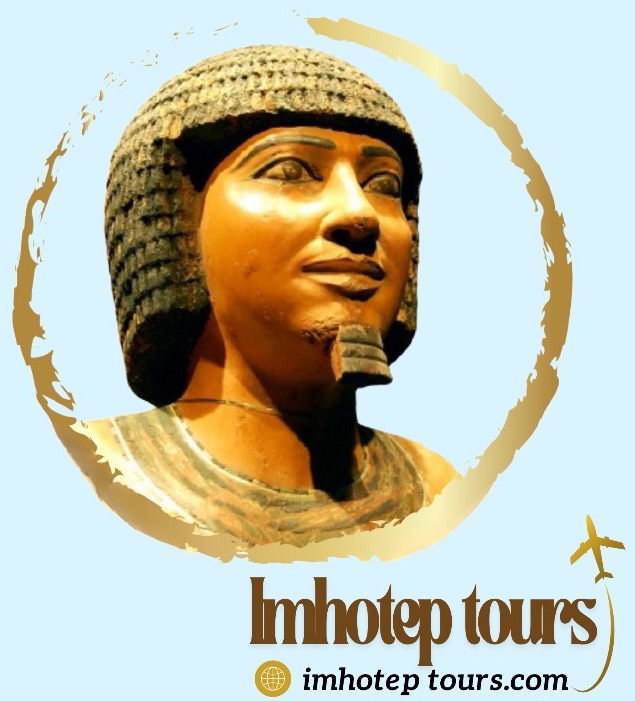Aswan

Aswan is the third biggest town in Egypt today and the biggest one in upper Egypt. It is situated at the foot of the Nile Valley to the North end of Lake Nasser. In recent times Aswan has become a major mining area for aluminum and iron mining. It is also a favorite place for tourists to visit due to it being a major stop for cruise boats on the River Nile as well as Lake Nasser. It has a local market that is an excellent place to do your holiday shopping. This is especially true if you want spices as you will find the best types of fresh spices in the Aswan market. Aswan also has many attractive tourist spots to visit
The Temples of Abu Simbel
El Pequeño Pueblo De Abu-Simbel Se Encuentra A 280 Km Al Sur De Asuán. Aunque Aquí Encontrará Varios Hoteles, Es Una Visita Casi Obligatoria A Los Turistas Que Visitan Egipto. La Mayoría De Ellos Prefieren Visitar La Ciudad Nubia Haciendo Una Excursión De Un Día Desde El Cairo O Asuán O Durante Un Crucero Por El Nilo O Por El Lago Nasser.
The Temples of Abu Simbel are some of ancient Egypt's most interesting temples. Located close to the southern border of Sudan, the site is 280 km south of Aswan and consists of two rock-cut temples which both date back to the reign of King Ramses II (1290-1223 BC). Unfortunately, these unique Temples suffered from the rising water of Lake Nasser while the High Dam was being built. Other countries, with the help of UNES CO, assisted Egypt to help save them.
The two temples were cut into many pieces and taken to a site 200M away and 65M higher, then reconstructed to escape the rising water level. This great rescue operation began in June 1964 and finished in September 1968.
The first Temple was built by King Ramses II and is dedicated to the Gods Re-Hor-Akhty, Amon, Ptah, and King Ramses II as a deified King. They did think quite highly of themselves as kings but rather as gods! the temple facade is 35m long and 30m high, with four 20m tall seated colossi of the King seated on his throne wearing the double crown, accompanied by 3 small figures of his wives, daughters, and sons around his legs.
Above the entrance stands the figure of Re-Hor-Akhty, while near to the summit of the facade there is a number of baboons. Don't worry, they aren't real!
Inside the temple is a hall supported by Osirid-shaped pillars which were cut into the rock, with walls that are decorated by battle and offering scenes. There are some side rooms leading from the hall, which are also decorated with various scenes. At the far end of the Temple is the sanctuary, which contains four statues: Re-Hor-Akhty, Amon-Re, Ptah and the deified Ramses II.
Granite quarry
The Geological Formations of the Eastern and Western Deserts have offered Egypt a wide range of rocks, which in ancient times earned it the name "Country of Stone". The Egyptian Civilization With Its Powerful Construction Activity Since The Beginning Of The 3 Millennium BC Supposed The Beginning Of An Intense Activity Of Prospecting And Extraction Of Stone Material To Build Pyramids, Temples And Statues, Which Affected Even The Most Remote Quarries. Aswan held a prominent place among the main quarries since the precious red granite was extracted from there, in addition to other stones such as quartzite. The Most Important Testimony Of Ancient Extractive Activity Is An Unfinished Obelisk That Was Not Separated From The Bedrock Due To A Material Defect. It was the largest obelisk ever projected, with a length of 42 m and an estimated weight of about 1,200 tons. It is believed to date from the 18th Dynasty and was probably destined for the Imperial Shrine of Karnak.
Temple of Philae
Philae Island was a rocky island in the middle of the River Nile, south of Aswan. It was called in Hieroglyphic "Apo" which means Ivory. It was also known by the Greek "Elephantine", most probably because it was an important center of trade, especially for ivory.
he Ancient Egyptians built a beautiful and magnificent Temple on this island for the Goddess Isis, but it became submerged after the first Aswan dam was built in 1906, and it was not until the seventies that many nations attempted to save the Temple. All these countries, together with UNESCO, selected a suitable place, but they had to wait until the completion of the High Dam, in 1971, which would stabilize the level of the water.
The Temple Of Kalabsha
The Temple of Kalabsha is named after the village of Kalabsha, which located 65 kilometers south of Aswan dam. The city was known in ancient times for its various temples, and was later called Talames by the Greeks.
The temple goes back to Roman times and the reign of the Roman Emperor Augustus. It was dedicated to the Nubian god Mandoulis. After Augustus other emperors also contributed to further construction, including Caligula and Trajan. The Temple of Kalabsha was originally built on a much earlier site that dates back to the 18th dynasty and most probably goes back to king Thothmosis and Amenhotep II. The temple is considered among the most complete temples in all of Nubia.
Obelisco inacabado
Aswan High Dam
San simon
Tombs of the nobles
